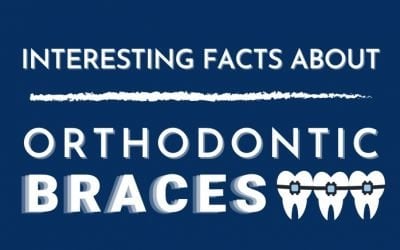10 Tips on How to Eat More Calcium

Calcium is important for healthy teeth and bones. It also plays a crucial role in the health and functioning of nerves and muscle tissue. Most Australians don’t get enough of this vital nutrient in their diet.
Here are some tips on how to eat more calcium.
- Include dairy products in your diet every day. Choose from milk, yoghurt, cheese or milk-based custard.
- Learn to love leafy green vegetables. Include a serve of broccoli, cabbage, bok choy or spinach on your lunch and dinner plate every day.
- Eat more fish. If you can’t get fresh fish, eat tinned fish such as sardines or salmon with the bones left in.
- Replace the meat in some meals with tofu or tempeh. Your family will enjoy the change and cutting back on saturated fat is good for your health.
- Snack on calcium-rich nuts like Brazil nuts or almonds. Keep a container of nuts and seeds with you and have a small handful as a daily snack.
- Reduce your intake of caffeine, soft drinks and alcohol. They all inhibit calcium absorption and should be used in moderation.
- Sprinkle sesame seeds over vegetables or salads. Sesame seeds are easy to include in all meals and are high in calcium.
- Try calcium-fortified foods for breakfast. Some cereals, fruit juices and breads now come with calcium added to the ingredients.
- Educate your children on the importance of including dairy products in their diet. If they prefer soy milk, make sure it is fortified with calcium and encourage them to eat cheese and yoghurt.
- Choose lactose-free yoghurts and cheese if you have an intolerance to lactose. These products still have calcium included.
To read the original article, click here.
DISCLAIMER:
The content has been made available for informational and educational purposes only. Central Coast Orthodontics does not make any representation or warranties with respect to the accuracy, applicability, fitness, or completeness of the content.
The content is not intended to be a substitute for professional personal diagnosis or treatment. Always seek the advice of your dentist or another qualified health provider with any questions you may have regarding a dental or medical condition. Never disregard professional advice or delay seeking it because of something you have read or seen on the Site.
Related Articles
Unfinished Smiles Welcome Here – We’ll Pick Up Where You Left Off
Is Smile Direct Club’s insolvency leaving your teeth realignment process stranded? As Invisalign Diamond Plus providers…
Interesting Facts About Orthodontic Braces
Wanting to get orthodontic braces but feeling unsure because you don't have knowledge about its...
Three Benefits of Invisalign
Did you know that aside from being an option for straightening your teeth, there are also benefits...
Metal Braces: Does This Traditional Dental Technology Have a Future?
Of all the medical professions, dentistry has always generated the most fear and continues to;...





